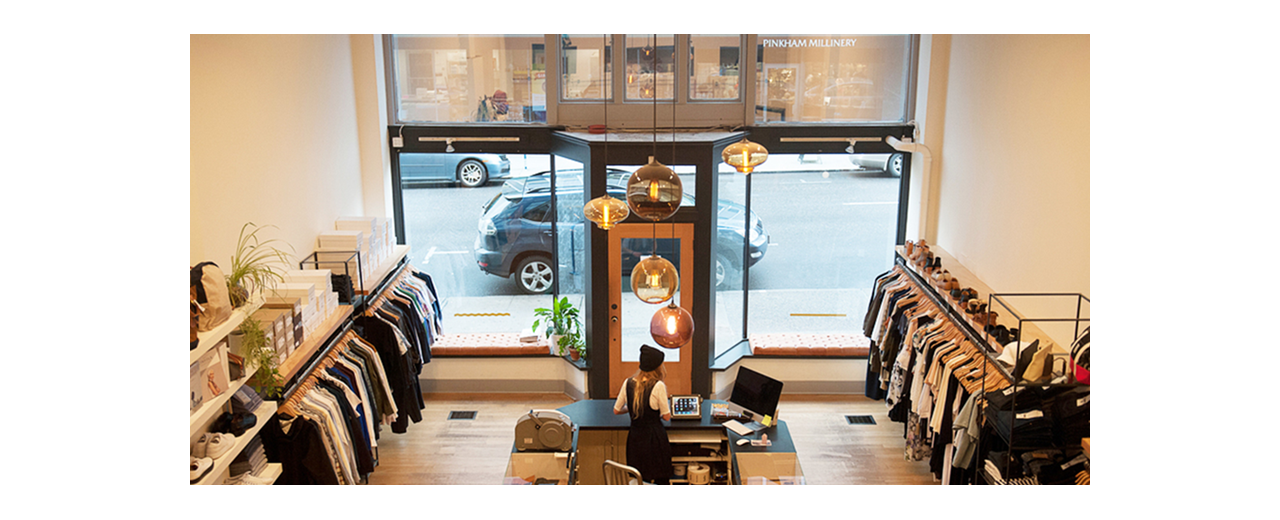11 Lighting Tips for Seniors


How To Light Your Home For Changing Vision
Getting older means impaired vision. Changes in the number of photoreceptors (rods) in the retina, hardening or yellowing of the lens of the eye, increase in floaters, decrease in pupil size, and common eye diseases such as cataracts and glaucoma can affect vision. These conditions reduce the amount of light the eye can use and increase the eye's sensitivity to glare. The eye also often becomes less sensitive to blue. Here are some tips on how to set up lighting in your home for aging eyes.
Indoor lighting contributes to safety and independent living
Changes to make the home safer with light include mood lighting to move around the house and a bright work light for important activities such as reading instructions on medicine packages.
Seniors benefit from more light
In general, seniors need considerably more light in their homes. This is partly due to common eye changes and eye conditions where the eye needs more light to see at the same level as before with less light. Another reason is that seniors spend more time at home.
Seniors need more 'cooler' lights
Incandescent bulbs tend to be warmer light – more in the yellow and red family. Cooler light, including daylight, is likely to be perceived as brighter. Aging eyes often have yellowed lenses, which reduces the ability to see in the cool range.
Using more cool light, such as halogen lamps and cooler fluorescent lamps, can help older eyes to better distinguish colors.
Choose lamps with less contrast
Older eyes have a harder time dealing with contrast and adjust more slowly to changes in light level. Ambient lighting aids safe movement in areas such as stairwells and hallways. This type of lighting is most effective when it is consistent in level and contrast. Luminaires that create contrasts – for example, slanted lamps in a hallway – can be distracting and even dangerous.
Lighting outside is significantly brighter than inside. Areas leading you outside, such as a foyer, should be lit with higher light levels to ease the transition for older eyes.
Seniors need more work light
For some tasks, a 60-year-old may need ten times as much light as a 20-year-old. Dimmable pendant lamps or a chandelier above the dining room table provide brighter light during dinner and other activities.
For seniors reading or doing crafts in bed or in a chair, reading lights and control buttons within easy reach are very useful. In addition, more light in the kitchen at the workplaces will help to make food preparation comfortable and safe.
Make task lighting as controllable as possible
Adjusting the intensity, location and direction of light makes work easier for older eyes. You should also make sure that the lighting is not dazzling. Sometimes it is more effective to have multiple light sources than just one bright bulb.
Use indoor lighting that mimics nature's patterns
Indoor lighting that mimics nature promotes better sleep patterns, and better sleep patterns in seniors promote better health. Illuminate indoor spaces with natural and artificial light for bright cool light in the morning and during the day and warm dim light for the evening. This configuration helps promote the natural circadian rhythm of humans.
Making lighting switches accessible
If possible, locate light switches where they are easily accessible for both safety and ease of use. Include group controls to make multiple settings for the right time of day and activities.
Use dimming controls
Older eyes are more sensitive to the light levels. Dimmers make it possible to control the level of light to adjust for the time of day.
Consider Scene Control
Modern lighting automation includes the ability to control multiple light sources with a single control, such as a smartphone or tablet. With LED bulbs and LED dimmers, you can often even control the color of the light. “Scenes” could include general daytime and general evening lighting, TV viewing, reading, crafts, cooking preparation, and meal times.
It will take some effort and adjustment, but it will be worth making some or all of these changes to your home's lighting. Once you've created a safe, well-lit environment, all you need to do is sit back and enjoy your favorite activities.

0 comment(s)